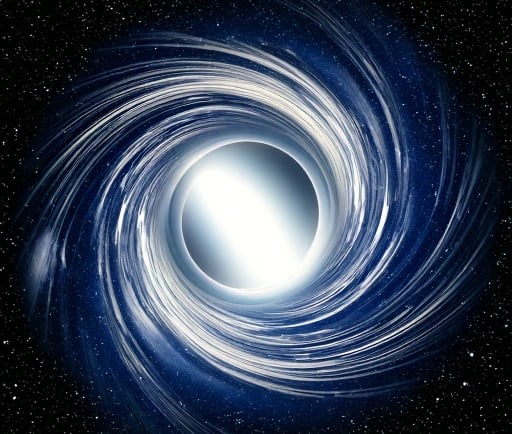Theoretical White Holes: Speculation on Matter and Energy Emission


Introduction to Theoretical White Holes
The concept of white holes has captivated scientists and enthusiasts alike, presenting a fascinating inversion of black hole physics. While traditional black holes are known for their ability to absorb matter and energy from their surroundings, white holes are hypothesized to do precisely the opposite. In theoretical physics, these enigmatic celestial entities are proposed to expel matter and energy, igniting a plethora of intriguing discussions around their existence and implications for the universe.
Understanding the Mechanics of White Holes
At the heart of white hole speculation lies the framework of general relativity, which posits that spacetime is curved by mass and energy. In contrast to black holes, which form when massive stars collapse under their gravitational pull, white holes are theorized to be solutions to the equations of general relativity that allow for an escape from their gravitational grip. They emerge as repulsive counterparts, suggesting a potential scenario where matter and energy are ejected rather than absorbed.
This captivating premise raises important questions: What mechanisms could facilitate the emission of material from a white hole? Some physicists theorize that these objects might be connected to black holes via a subterranean structure called a wormhole, serving as an entry point for matter to be expelled. However, such ideas remain purely speculative, given the current lack of empirical evidence supporting the existence of white holes.
The Implications and Speculations Surrounding White Holes
The exploration of theoretical white holes extends beyond merely contemplating their existence; it also inspires substantial speculation about the cosmos at large. For instance, if white holes do exist, what impact would they have on the surrounding matter and energy? Researchers have theorized that the explosive emission of matter from a white hole could lead to the creation of new stars, galaxies, and even foster conditions that support life.
Additionally, the interplay between black holes and white holes fuels exciting discussions regarding the conservation of energy and mass throughout the universe. The emergent possibilities challenge our understanding of physics, questioning existing theories and encouraging further inquiry into the nature of spacetime.
In conclusion, while white holes remain a theoretical construct absent of observational evidence, their implications spark a rich tapestry of speculation in modern astrophysics. As scientists continue to explore the universe's most enigmatic phenomena, the study of theoretical white holes can potentially reshape our understanding of matter, energy, and the fundamental forces that govern existence. The quest for knowledge is limitless, and with it, the mysteries of white holes may one day unveil astonishing truths about our universe.
